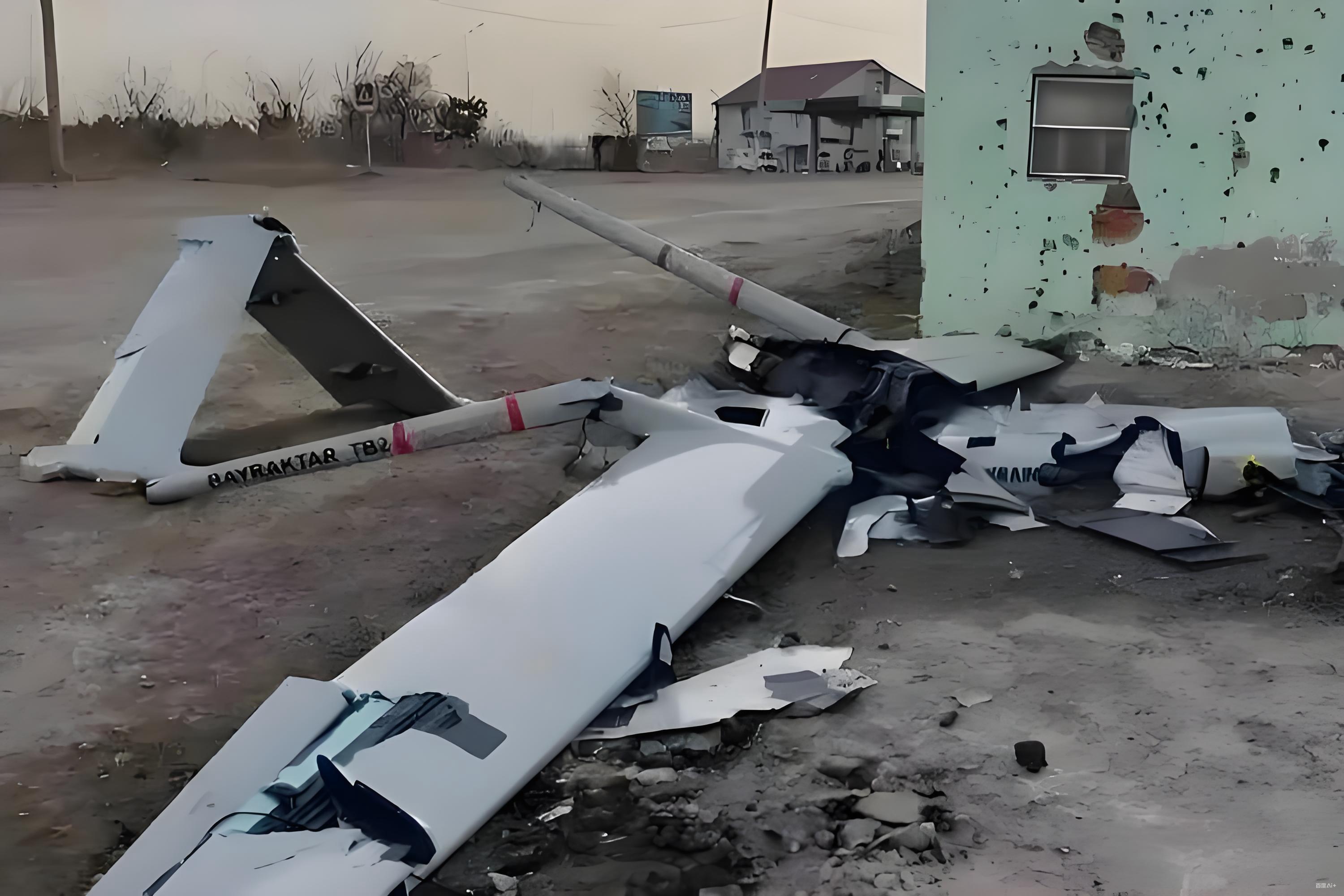
In the early hours of local time on October 27, the night sky around Moscow was illuminated by the flashes of air defense weapons. Russia's air defense forces successfully shot down 26 incoming drones in an emergency response, with no casualties or major property damage reported. As of now, no organization has claimed responsibility for the attack. Although this attack did not cause substantial damage, it is actually a microcosm of the escalating drone confrontation in the Russia-Ukraine conflict, reflecting the strategic considerations and strength game between the two sides in the attrition war.
This attack is not an isolated incident but a continuation of Ukraine's recent continuous harassment of Russia's in-depth targets. As recently as October 24, the Russian military intercepted and destroyed 111 Ukrainian drones overnight. One of the drones crashed into an apartment building in Krasnogorsk, a suburb of Moscow, injuring 5 people. Within just three days, Moscow was hit by two drone swarm attacks, which confirms Ukraine's strategic shift to regard drones as a core means of long-range strikes. According to analysis from CCTV News, Ukraine currently mainly relies on three means for long-range strikes. However, the number of "HIMARS" rocket launchers and "Storm Shadow" cruise missiles is scarce, and its aircraft's penetration capability is insufficient. Only drones can achieve continuous harassment through "numerical advantage," and indirectly weaken the combat effectiveness of the Russian military by attacking energy facilities and military-industrial systems in Russia's hinterland.
The implementation of Ukraine's drone tactics is inseparable from its rapidly expanding production capacity and external support. Ukraine plans to produce 8 million drones in 2026, 90% of which are FPV drones for short-range strikes, and the production of the remaining 10% of long-range drones has increased 22 times compared with 2022. Behind this "numerical magic" is the financial, technological and component support provided by European countries, enabling Ukraine to maintain large-scale strike capabilities with limited resources. The swarm attack of 26 drones this time is a typical practice of this "quantity-for-effect" tactic. Even if most of them are intercepted, it can still continuously consume the Russian military's defense resources.
In the face of the escalating drone threat, Moscow's efficient defense capability stems from its multi-level air defense system built over decades. The 1st Air and Air Defense Missile Army of the Russian Aerospace Forces, which defends the capital, has deployed 3,360 launchers in inner and outer double rings, forming a comprehensive A-50 air defense system. This system is divided into four levels: the A-135 strategic anti-missile system deals with intercontinental missiles; the S-500 and S-400 are responsible for intercepting medium-range targets; the medium and short ranges are defended by systems such as the S-300 and Pantsir-S1 in coordination with electronic warfare equipment. Among them, the task of countering drones is mainly undertaken by the Pantsir series systems and electronic warfare equipment at the fourth level.
In actual combat, the Russian military has continuously optimized its defense tactics, combining "hard destruction" with "soft killing." In the operation of shooting down 26 drones this time, the Pantsir-S1 combined anti-aircraft gun and missile system probably played a core role. It has the dual advantages of anti-aircraft missiles and anti-aircraft guns, and can intercept low-altitude and slow-speed targets at a relatively low cost. At the same time, the "soft killing" network formed by equipment such as the Krasukha-4 electronic jamming vehicle can interfere with the navigation and control signals of drones in a large area, making them lose their combat capabilities. More importantly, the Russian military will weaken Ukraine's attack capabilities from the source by precisely striking Ukraine's drone assembly workshops and component warehouses. This "offensive and defensive" strategy has made intercepting hundreds of drones a day a routine achievement.
Behind this drone confrontation is the realistic dilemma of both Russia and Ukraine being trapped in an attrition war. For Ukraine, every shot-down drone represents the consumption of European aid funds and components; for Russia, the interception operation also requires investing a large amount of air defense ammunition and electronic warfare resources. Even though the cost of the Pantsir system is relatively low, its long-term large-scale use still constitutes a heavy burden. As analyzed, the war has shifted from a "missile precision competition" to a "resource consumption race." Whoever can maintain a more stable drone production capacity and defense supplies will take the initiative in the stalemate.
Although the incident of 26 drones being shot down has not changed the battlefield situation, it has sent an important signal: the "non-contact" feature of the Russia-Ukraine conflict has become increasingly obvious, and drones have become strategic attrition weapons. With the expansion of production capacity and the upgrading of tactics on both sides, similar offensive and defensive games will continue. The coexistence of Moscow's efficient defense and Ukraine's continuous harassment also indicates that this attrition war will still move towards an uncertain future in the tug-of-war.

The global electric vehicle market in 2025 is experiencing intense turbulence. Tesla, once a disruptor that reshaped the industry landscape, is now mired in an unprecedented sales crisis.
The global electric vehicle market in 2025 is experiencing …
Recently, Chinese telecom companies Huawei and ZTE signed a…
Recently, according to Xinhua News Agency, Israel's air str…
A strongly worded report from the Equality Trust argues tha…
On November 27, 2025, Alibaba officially entered the global…
The focus of the global financial market in 2025 has always…